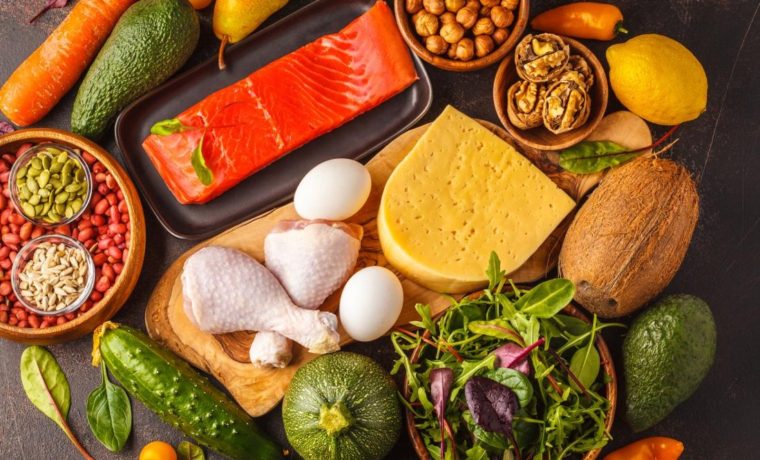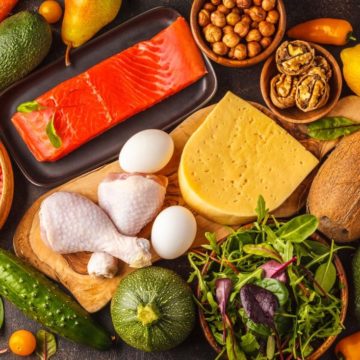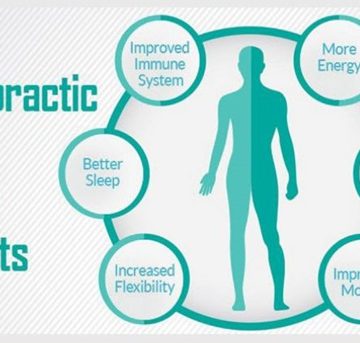According to research, many of us will suffer from musculoskeletal pain in our lifetime. Recent figures released show that over 10,000 GP consultations for the problem are recorded across the UK on an annual basis. It’s worth bearing in mind that long-term chronic pain conditions can sometimes develop from this issue, including osteoporosis, back pain, and osteoarthritis.
Whilst these types of conditions will never be fully cured, realise that you have the power to help yourself and keep pain and at bay with exercise, medication and even some changes to your diet. In fact, you can make some significant inroads in managing your pain by adapting your diet. Let’s explore that further with our in-depth guide below…
High-protein foods can help decrease inflammation
It is recommended that high-protein based diets are focused on if you suffer from chronic pain. According to one paper , four reasons for this are:
- The body’s pain relievers derive from proteins — Amino acids make their way into the bloodstream through the intestine (where what you eat is absorbed). They then act as building blocks for compounds that help with pain relief.
- Muscle – cartilage needs protein to grow — Amino acids are needed to build muscle which can go on to protect your bones and build strength.
- The activation of glucagon — Glucagon increases blood glucose levels and blocks glucose storage as fat. This can prevent a rise in insulin levels, carbohydrate cravings, and pain flares.
- Decreasing inflammation — Protein containing foods such as fish and green vegetables contain anti-inflammatory properties, lowering experiences of pain.
Wondering how to place high levels of protein into your diet plan? Add foods such as beef, fish, and eggs to your plate to up your protein intake. For vegan diets, make sure you’re eating enough pulses (lentil, beans, and soya products). There are protein supplements out there too in the form of drinks and snack bars.
Omega-3 fatty acids act as an anti-inflammatory
An essential food for our health is omega-3 fatty acids. Unfortunately, they’re not made by the body, so we need to get them from our diet.
Relief from arthritic pain conditions and joint health like Rheumatoid Arthritis can be gained from high levels of omega-3, according to research. Again, this is an anti-inflammatory which deals with the issues mentioned earlier.
How can omega-3 fatty acids be added to your diet? Omega-3 can be found in oily fish (such as salmon and tuna), calamari, olive oil, and some plants and nuts. A mixture of these things should ensure that you’re getting enough of the fatty acid.
Some vitamins can help keep pain at bay
It’s important for everyone to have enough vitamins in their diets. This is because each type of vitamin has their own benefits that keep us healthy. But some musculoskeletal conditions are a result of vitamin deficiencies, and certain vitamins can keep pain at bay.
Take vitamin D for example. This type of vitamin helps with the absorption of calcium, which is essential for bone growth. Eggs are a great source of vitamin D and are easy to incorporate into your diet. Another way to up your intake is with safe levels of sun exposure.
Meanwhile, vitamin K has a vital role to play in cartilage metabolism. This type of vitamin is also a promoter of cell survival, with both important processes in the body that can prevent musculoskeletal issues. Get your intake of vitamin K through green leafy vegetables such as lettuce, spinach and beans.
How about vitamin B? One benefit of this vitamin is that it keeps amino acid homocysteine under control. High levels of this could be linked to lower bone density and therefore musculoskeletal issues. Increase your intake of vitamin B through chicken, turkey, fish, oats, and more.
Be mindful of your carbohydrate and calorie consumption
You can also better manage musculoskeletal problems by keeping an eye on your carbohydrate and calorie intake.
Eat food that is unhealthy or overeat and you’ll be consuming excess calories, which can lead to weight gain over time if your diet doesn’t change. This can then lead to excess weight carried around the waist and obesity — both of which can make musculoskeletal pain worse. This is due to extra pressure on joints and inflammation.
What do we mean by inflammation? In general, it’s part of the body’s immune response to fight infection. But, there are cases when inflammation doesn’t shut down — this becomes chronic inflammation. It is this which is the underlying cause of many diseases, health problems, and pain.
Inflammation can also be caused by eating food containing refined carbohydrates, saturated fats, and trans fats.
Weight maintenance or weight reduction can therefore be achieved if you better monitor the number of calories you’re consuming and only eating the appropriate amount of each food. Doing so can then help to reduce the effects of musculoskeletal issues. In fact, one study found that weight reduction of more than 10% has the potential to lead to important changes in pain and function.
Changes to your diet can reduce musculoskeletal pain in so many ways. However, always speak to your GP and nutritionist before changing your diet and for more advice on how the foods you eat can ease chronic pains.
















